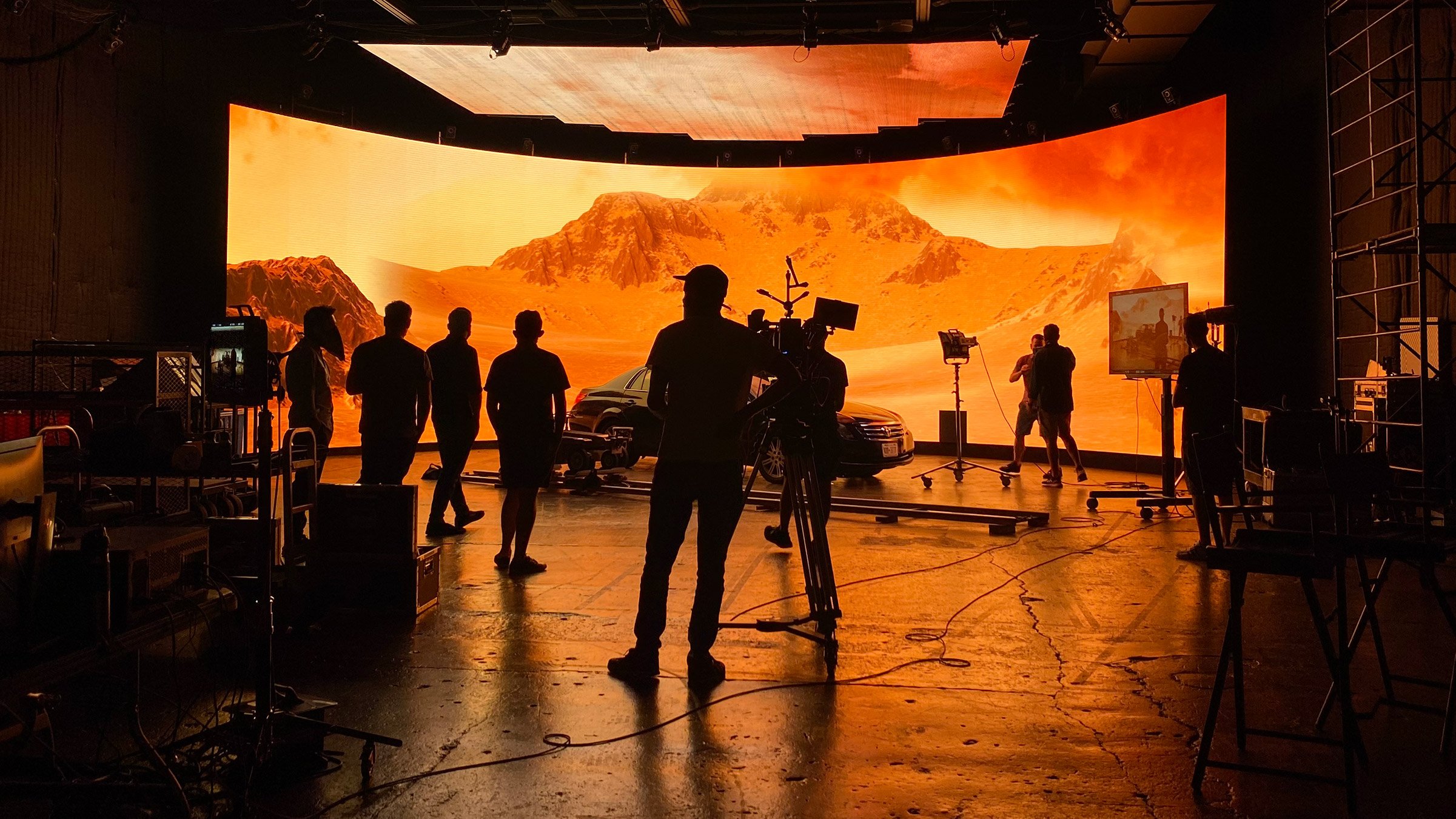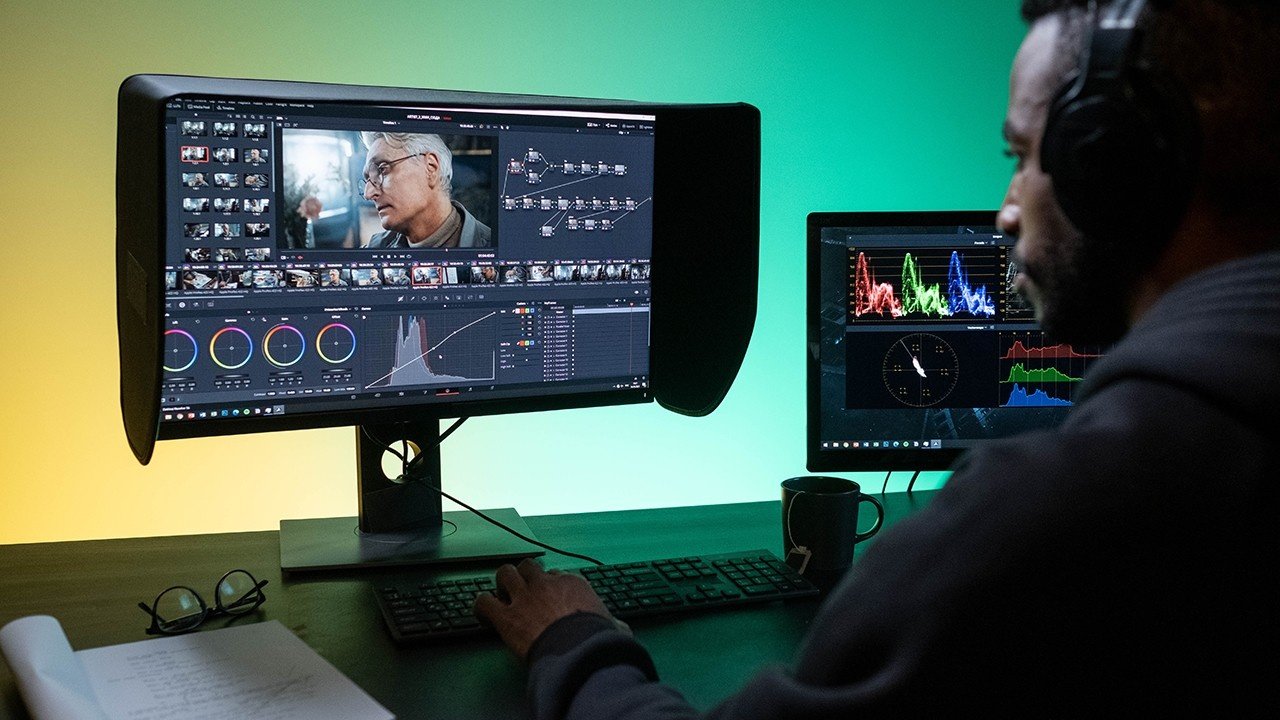How To Make a Documentary
Documentaries are an excellent medium to tell real-life stories that have a message to convey to the audience. From social justice to wildlife conservation, documentaries have the power to inspire, educate, and touch hearts.
However, making a documentary involves substantial research, planning, and effort. And, the success of a documentary primarily depends on the story it tells. In this blog post, we will discuss how to make a documentary that tells a story you care about.
Tell a story you care about
A good documentary starts with a good story. Documentaries can be about anything, but it should be something that you care about, and that's close to your heart.
Once you have an idea, start researching to ensure that there is enough information available to create your story. Speak to experts, gather data, and conduct interviews to gain a better understanding of the subject.
Research
Define your objective
The first step to researching a documentary is to define your objective. Ask yourself what you want to achieve through your documentary. Is it to inform, expose, inspire, or change a particular situation? Once you answer this question, you’ll have a clear guidance on the direction of your research and the sources to explore.
Build a research team
Documentary production is a collaborative process, and research isn’t an exception. Consider having a research team that will work with you to gather information that supports your story. A research team can comprise of various individuals, including researchers, subject-matter experts, historians, journalists, and academics. Involve people with diverse backgrounds and perspectives to get a comprehensive view of your story.
Researching techniques
There are several research techniques you can use to gather information for your documentary. These may include archival research, interviews, surveys, focus groups, and observation. Consider the type of documentary you’re producing and the information you need to gather, and choose an approach that works best. For interviews, consider having a pre-interview session where you can determine the suitability of your interviewees and inform them about the project.
Verify your sources
As you gather information, it’s vital to verify your sources. Ensure that the information you’re acquiring is credible, accurate, and trustworthy. Consider using primary sources, such as official records, and secondary sources, such as books and newspapers, to double-check information. Verify your sources with subject-matter experts to ensure accuracy.
Stay organized
Researching a documentary can generate tons of information, and you need to stay organized to avoid confusion. Consider having a research database where you store all the information you’re gathering.
Organize the information by subject, date, or any other category that works for you. Keeping a record of your sources will make it easier to give credit where it’s due, which is essential for ethical documentary production.
Make a Plan
Before you start filming, it's crucial to have a clear idea of what your documentary is about and what message you want to convey. Your documentary has to have a well-defined structure, compelling storyline, and engaging characters.
Spend some time brainstorming and researching your topic, and create a rough outline of your narrative. Think about your intended audience and what you want them to take away from the film. Also, consider budget, location, and logistics as you make your plan.
Create a Shot List
Once you have a clear plan for your documentary, it's time to create a shot list. A shot list helps you visualise the film and organise your shooting. It should include all the shots you'll need for your film, including close-ups, wide shots, B-roll footage, and interviews.
Take time to think about the visuals you want to include and how you can capture your story in a visually compelling way. Plan the shots carefully, and don't forget to leave room for improvisation and unexpected moments.
Start Shooting
When you have a solid plan and a clear shot list in place, it's time to start shooting. This is where you'll bring your vision to life and immerse yourself in the world of your topic.
As you film, don't just stick to the shot list, allow your imagination to guide you, and capture anything compelling that unfolds. Use good lighting, high-quality lenses, and different camera angles to create dynamic and engaging shots that stand out. While filming, be considerate of your subjects and their environment, ask permission to film in private spaces, and be respectful of cultural differences.
Write a Script
One of the first steps in making a documentary is to write a script. Your script should include an overall story arc and a rough idea of what each scene will contain.
It will act as a blueprint, so make sure it is detailed. If you are unsure about how to start writing a script, research some documentaries and see how they are structured. Take note of how the interviews, voice-overs, and footage are used to tell the story.
Begin Editing
Once you've wrapped up filming, it's time to edit your film. This is where you take all the footage you've captured and shape it into a coherent and impactful story. Editing involves cutting out the unnecessary footage, rearranging scenes to create a flow, and adding music or sound effects.
Choose an editing software that best fits your needs and budget, and don't hesitate to include the opinion of others to improve your film. It's essential to stay true to the documentary's message and narrative while editing.
Check Legal and Copyright Issues
When making a documentary, it's crucial to be aware of any legal and copyright issues. If you plan on using music, footage, or images, make sure it's either royalty-free or you have obtained the necessary permissions.
Ensure you have the appropriate releases and permissions from anyone who appears on camera. Be cautious with defamation and ensure you don't infringe on anyone's privacy.
Distribute
The last step is to distribute your documentary. You can either enter it into film festivals or self-distribute via online streaming services or on DVD. Use social media to market your documentary and let people know where they can watch it.
There are also various distribution platforms that can help you reach a broader audience. Ensure you have a clear idea of your target audience as this will help with your distribution strategy.
Documentary Budget Template
Making a documentary can be a daunting task, and it is important to ensure that you stay within your budget while creating a high-quality film. One of the best ways to keep track of your expenses and stay organized is by creating a budget template.
Identify Your Expenses
The first step in creating a budget template for your documentary is identifying all of your expenses. These expenses can include anything from equipment rental and travel costs to post-production expenses like editing and sound design. Make sure to identify every cost associated with your film to ensure that your budget template is as accurate as possible.
Outline Your Budget
Once you have identified all of your expenses, it's time to outline your budget. Create a list of your expenses and break them down into categories (such as pre-production, production, and post-production). Be sure to allocate funds for unexpected expenses as well. A good rule of thumb is to add 10-15% to your total budget for unplanned expenses.
Keep Track of Your Expenses
After you've created your budget template, it's important to keep track of your expenses throughout the production process. This can be done by using a tool like Microsoft Excel or Google Sheets to track your expenses in real-time. Make sure to include the date of the expense, the amount, and what it was for. This will help you stay organized and on top of your budget.
Be Flexible
While it's important to stay within your budget, it's equally important to be flexible. As you begin production, you may discover unexpected expenses or necessary adjustments to your budget. Being flexible and adapting to changing circumstances can mean the difference between completing your film and running out of money halfway through production.
Review and Adjust Your Budget
Finally, it's important to regularly review and adjust your budget template throughout the production process. Check in with your team regularly to ensure that you're staying on track financially and adjust your budget as needed to ensure that you're using your funds as efficiently as possible.
Documentary Pitch Deck and Proposal Template
To successfully make a documentary, you need a well-thought-out idea, a pitch deck, and a proposal template. It is essential to understand how to use these tools effectively to increase the chances of your documentary being produced.
Understanding the Pitch Deck
A pitch deck is a powerful tool used to sell your documentary concept to potential investors and production companies. It is essentially a visual representation of your documentary idea that communicates the story, purpose, target audience and the potential return on investment.
Your pitch deck should be concise, engaging, and compelling enough to convince people of your concept's viability. The key components of an effective pitch deck include the title, logline, synopsis, treatment, trailer, directors' vision, budget and schedule, and the proposed distribution plan.
Developing an Effective Documentary Proposal
A documentary proposal is a comprehensive document that outlines the creative, technical, and financial aspects of your documentary project. It is an essential aspect of getting funding for your project and should detail the entire production process from development to distribution.
The key components of an effective documentary proposal include the title, logline, synopsis, treatment, target audience, budget, distribution plan, trailer, and marketing strategy. Your proposal should also include your credentials as a filmmaker, any awards or achievements you have, distribution agreements, and potential collaborations with other partners.
Find Money For Your Documentary
Finding a budget for your film is on of the trickiest part of the documentary filmmaking process. However, it is also one of the most important to ensure that you have the necessary resources to bring your film to life. Here are some handy ideas for finding funds for your documentary and produce a successful film.
Crowdfunding
Crowdfunding is the first option when it comes to fundraising for documentaries. Create a campaign to raise funds on Kickstarter, Indiegogo or any other crowdfunding platforms. Attract your audience by using video clips of the proposed concept of your documentary. Offer perks to those who support your crowdfunding campaign and successfully raise your funds.
Sponsorship
Sponsorship is the most traditional way to fund documentaries. Reach out to the businesses, organizations, or individuals that share your vision and approach them with a sponsorship proposal. In exchange for their contribution, offer them a featured sponsor slot in the documentary credits for exposure and advertisement.
Grants
Grants are a great source of funding for documentaries. Many government and non-government organizations offer grants to support documentary filmmakers. Identify the foundations and awards in your area or specific to your topic. Then, apply for the grants that are applicable to your documentary. Make sure to research and understand the grant's requirements to increase your chances of being selected.
Investors
Investors can also be your potential sponsors. Look for investors who are passionate about your subject and are willing to invest in your project. Investors can have a long-term relationship with you and can also help with the distribution of the documentary.
In-kind donations
In-kind donations can also help you to reduce your documentary’s costs. This involves receiving goods or services like equipment, software, or professional services rather than financial contributions. Reach out to your network to seek in-kind contributions and partnerships to help your film reach its completeness.
Conclusion
Documentary filmmaking is an extensive process that involves developing an idea, creating a pitch deck, writing a documentary proposal, conducting research, production, and post-production. By following this guide, you will be well equipped with the skills and knowledge to develop an engaging and compelling documentary successfully.
Remember to conduct thorough research, develop a robust and well-presented pitch deck and proposal, document everything during the filmmaking process, and create a buzz around your final product. With these tips, you have everything you need to make your documentary project a success.
#documentary film #documentary filmmaker #participatory documentaries #archival footage #camera rig #production and story structure #performative documentaries #many documentary films









